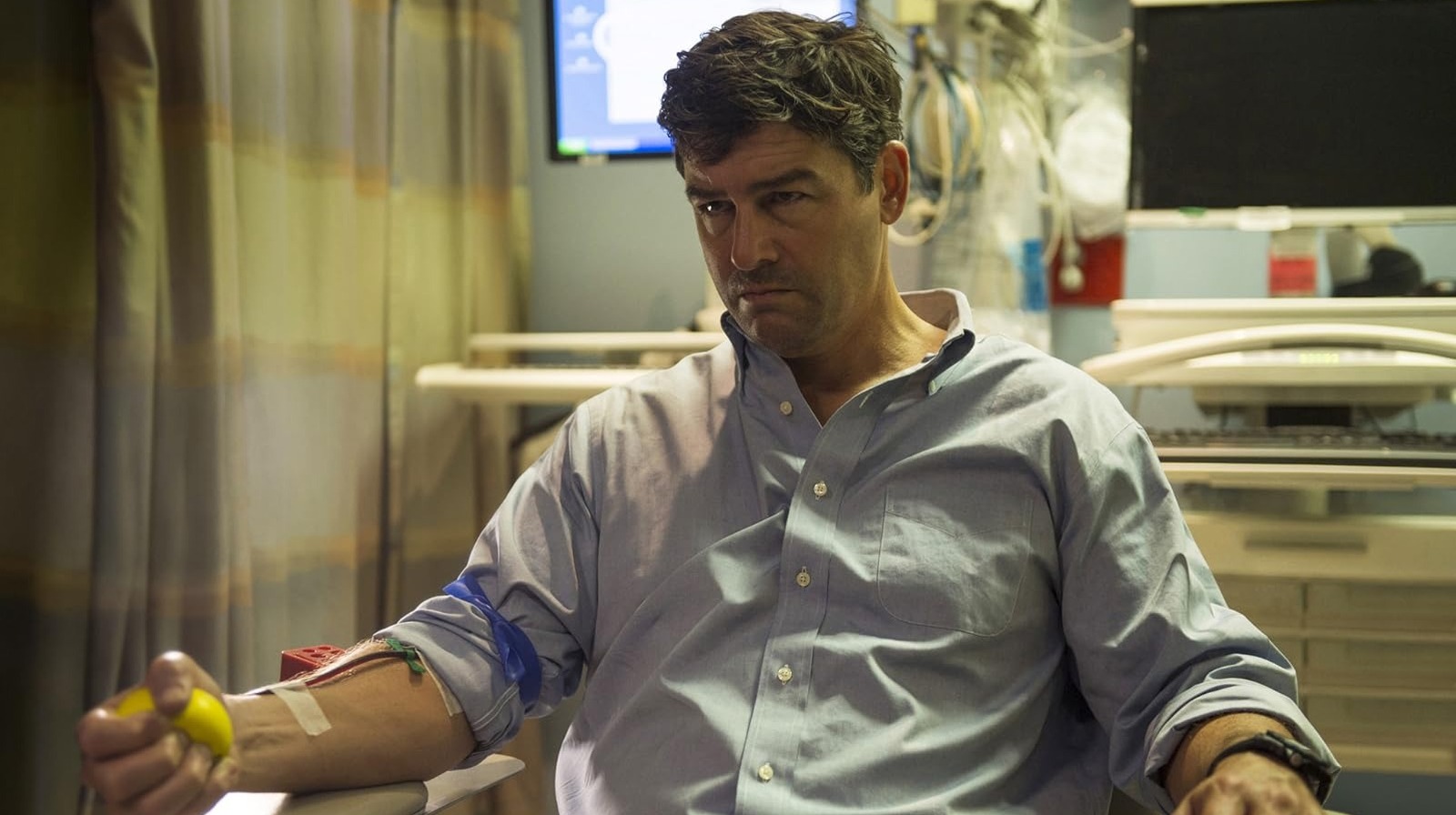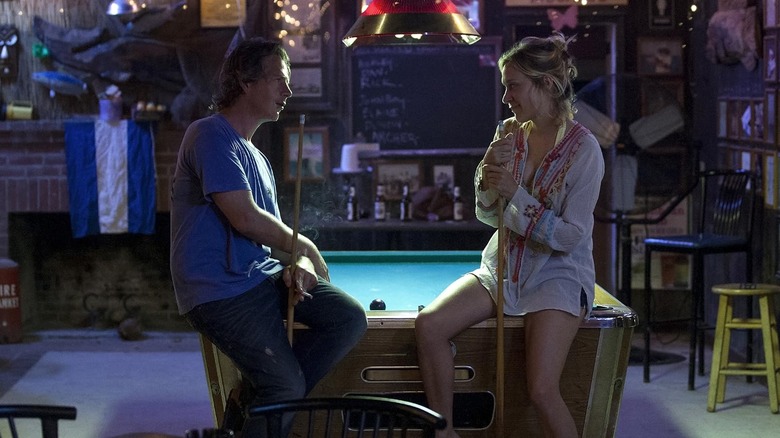“Bloodline” seasons 2 and 3 were nowhere near as deep and nail-biting, and many critics immediately sensed that something essential had been lost along the way. The cast and the performances were still sublime, but the material they had to work from was not. Overall, that must have affected streaming numbers (although it’s hard to say for certain since Netflix’s viewership metrics are infamously dubious), which must’ve made it difficult to justify the cost of producing the show year after year.
Bloodline was too expensive and not buzzy enough to sustain
Regardless of how you look at it, “Bloodline” was undoubtedly not on the same level in terms of buzz and popularity as other Netflix originals that ran around the same time, like the beloved “Stranger Things” or the controversial “13 Reasons Why.” But since it was mostly shot on location, the production costs were still quite high. According to an interview co-creator Todd A. Kessler once gave The Hollywood Reporter, the show’s creatives were able to cut costs on the first two seasons thanks to a Florida entertainment tax incentive program. For season 3, however, that was no longer the case. As Kessler explained it:
“We decided to set the show there [Florida Keys] … because it’s crucial to what the show is, not because of the tax incentive, but it does affect things financially for us, and the show will be challenged because of that. It makes things more difficult.”
According to Vulture, Netflix was paying Sony Pictures Television between $7 and $8.5 million per hour-long episode to produce the show, which meant a 10-episode season would’ve cost the streaming giant between $70 and $85 million. With the tax credits no longer being a viable option to reduce costs (as they were during the first two seasons), Netflix simply made the call that “Bloodline” wasn’t worth it financially to keep it going. So, it shortened the final season from 13 to 10 episodes and announced the series’ cancellation in 2016.
Though it was a somewhat surprising move at the time (Netflix was mainly expanding its roster of original programs back then), it wasn’t completely out of nowhere. Frankly, if you look at most of the reviews and viewer opinions of season 3 (which were quite poor), Netflix’s decision seems, from both a creative and financial standpoint, more than justified.


